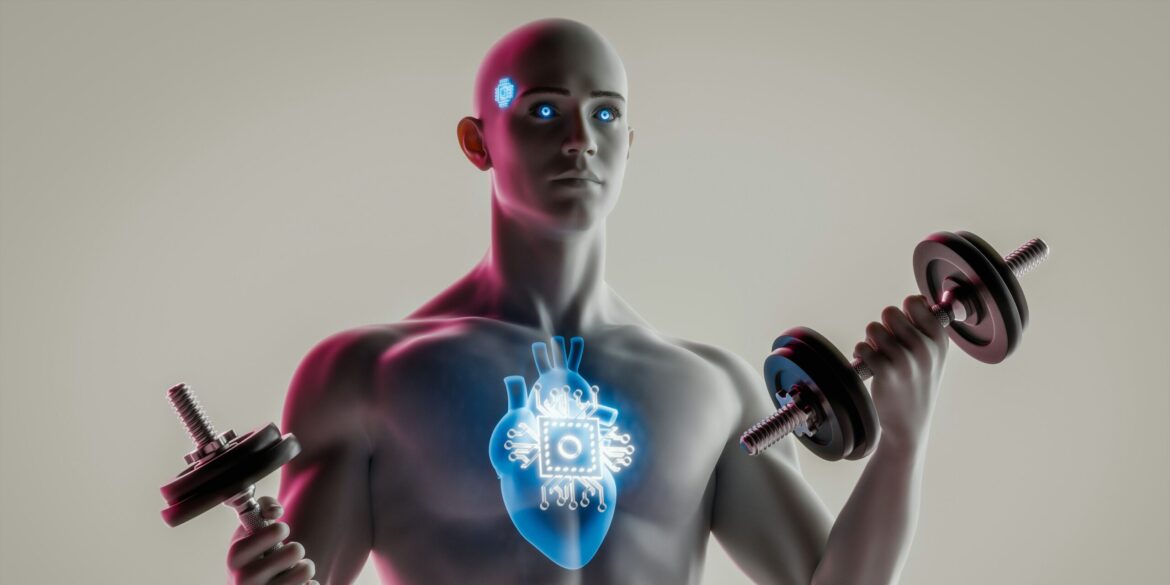Advancements in medical robotics are transforming healthcare delivery, offering new solutions for patient care and surgical procedures. Recent developments include robots capable of assisting in surgeries with high precision, providing support in rehabilitation, and aiding in routine tasks within healthcare facilities. These innovations aim to enhance patient outcomes, reduce recovery times, and alleviate the workload on medical professionals. As technology continues to evolve, medical robots are expected to become integral components of modern healthcare systems.
Enhancing Surgical Precision
One of the most significant impacts of medical robotics is in the field of surgery. Robotic surgical systems, such as the da Vinci Surgical System, have become increasingly prevalent in operating rooms. These systems allow surgeons to perform complex procedures with enhanced precision, flexibility, and control. By translating the surgeon’s hand movements into smaller, more precise movements of tiny instruments inside the patient’s body, these robots facilitate minimally invasive surgeries, leading to reduced pain, shorter hospital stays, and quicker recoveries for patients.
A notable example is the recent implementation of the Velys robot at Dell Children’s Medical Center in North Austin. This robot assists in pediatric spinal surgeries by enabling highly accurate screw placement with real-time X-ray verification, crucial for avoiding nerve damage or complications in spinal procedures. Such advancements underscore the potential of robotics to enhance surgical outcomes and patient safety.
Supporting Rehabilitation and Patient Care
Beyond the operating room, medical robots are playing a vital role in patient rehabilitation and care. Rehabilitation robots are designed to assist patients in regaining movement and strength after injuries or surgeries. These devices provide consistent, repetitive motions that are essential for effective therapy, and they can be tailored to each patient’s specific needs. For instance, robotic exoskeletons are being used to help individuals with mobility impairments walk again, offering new hope for improved quality of life.
In addition to physical rehabilitation, robots are being employed to support routine tasks within healthcare facilities. Robots like Moxi are designed to handle logistical tasks such as delivering medications and retrieving supplies, thereby allowing nurses and other medical staff to focus more on direct patient care. This not only improves efficiency but also helps alleviate the workload on healthcare professionals, addressing issues like burnout and staffing shortages.
Advancements in AI Integration
The integration of artificial intelligence (AI) with medical robotics is further enhancing the capabilities of these systems. AI algorithms enable robots to learn from vast amounts of data, improving their performance over time. In surgical applications, AI can assist in planning procedures, predicting potential complications, and providing real-time feedback to surgeons. This synergy between AI and robotics is paving the way for more personalized and effective treatments.
For example, researchers have developed soft robots that can autonomously detect and respond to different physiological stimuli, mimicking the coordination between sensory and motor functions found in humans. These innovations hold promise for intelligent diagnostics, integrated surgical procedures, and community-based rehabilitation, potentially transforming various aspects of healthcare delivery.
While the benefits of medical robotics are substantial, there are challenges to widespread adoption. High costs associated with acquiring and maintaining robotic systems can be a barrier for some healthcare facilities. Additionally, there is a need for specialized training for medical professionals to effectively operate these advanced technologies. Ensuring data privacy and addressing ethical considerations related to AI integration are also critical concerns that need to be addressed.
Despite these challenges, the future of medical robotics appears promising. Ongoing research and development efforts are focused on making these technologies more accessible and user-friendly. As the healthcare industry continues to embrace innovation, medical robots are expected to become integral components of modern healthcare systems, enhancing patient care and operational efficiency.

